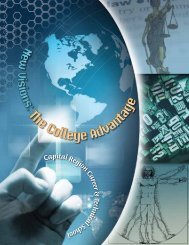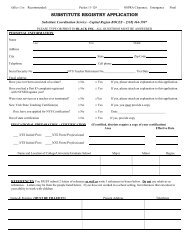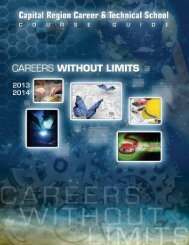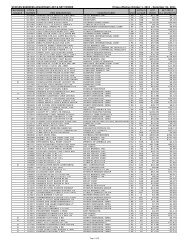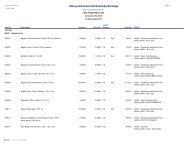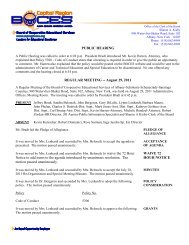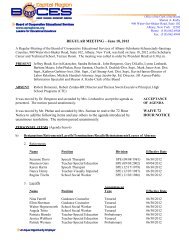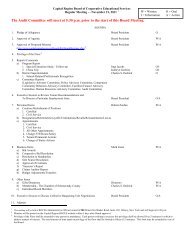Rubrics for Professional Practice - the State Board of Education
Rubrics for Professional Practice - the State Board of Education
Rubrics for Professional Practice - the State Board of Education
Create successful ePaper yourself
Turn your PDF publications into a flip-book with our unique Google optimized e-Paper software.
COMPONENT 3C: ENGAGING STUDENTS IN LEARNING<br />
Rationale and Explanation<br />
If one component <strong>of</strong> <strong>the</strong> framework <strong>for</strong> teaching can claim<br />
to be <strong>the</strong> most important, it is student engagement. Engaging<br />
from planning and preparation, to establishing a supportive<br />
environment, to reflecting on classroom events. Lack <strong>of</strong><br />
engagement is generally easy to spot, manifesting itself when<br />
students doodle on <strong>the</strong>ir notebooks, pass notes, or gaze out<br />
<strong>the</strong> window. Occasionally, lack <strong>of</strong> engagement takes more<br />
aggressive <strong>for</strong>ms, creating serious discipline problems. Of<br />
DOMAIN 3: INSTRUCTION<br />
Component 3b: Using Questioning and Discussion Techniques<br />
Elements: Quality <strong>of</strong> questions • Discussion techniques • Student participation<br />
L E V E L O F P E R F O R M A N C E<br />
ELEMENT<br />
UNSATISFACTORY BASIC PROFICIENT DISTINGUISHED<br />
Quality <strong>of</strong> questions<br />
Teacher’s questions are virtually<br />
all <strong>of</strong> poor quality, with low<br />
cognitive challenge and single<br />
correct responses, and <strong>the</strong>y<br />
are asked in rapid succession.<br />
Teacher’s questions are a combination<br />
<strong>of</strong> low and high quality,<br />
posed in rapid succession.<br />
Only some invite a thoughtful<br />
response.<br />
Most <strong>of</strong> <strong>the</strong> teacher’s questions<br />
are <strong>of</strong> high quality.Adequate<br />
time is provided <strong>for</strong><br />
students to respond.<br />
Teacher’s questions are <strong>of</strong> uni<strong>for</strong>mly<br />
high quality, with adequate<br />
time <strong>for</strong> students to<br />
respond. Students <strong>for</strong>mulate<br />
many questions.<br />
Discussion<br />
techniques<br />
Interaction between teacher<br />
and students is predominantly<br />
recitation style, with <strong>the</strong><br />
teacher mediating all questions<br />
and answers.<br />
Teacher makes some attempt<br />
to engage students in genuine<br />
discussion ra<strong>the</strong>r than recitation,<br />
with uneven results.<br />
Teacher creates a genuine discussion<br />
among students, stepping<br />
aside when appropriate.<br />
Students assume considerable<br />
responsibility <strong>for</strong> <strong>the</strong> success <strong>of</strong><br />
<strong>the</strong> discussion, initiating topics<br />
and making unsolicited<br />
contributions.<br />
Student participation<br />
A few students dominate <strong>the</strong><br />
discussion.<br />
Teacher attempts to engage all<br />
students in <strong>the</strong> discussion, but<br />
with only limited success.<br />
Teacher successfully engages all<br />
students in <strong>the</strong> discussion.<br />
Students <strong>the</strong>mselves ensure<br />
that all voices are heard in <strong>the</strong><br />
discussion.<br />
© 2007 by ASCD. All Rights Reserved. 15<br />
No part <strong>of</strong> this work may be reproduced or transmitted in any <strong>for</strong>m or by any means without permission from ASCD.



